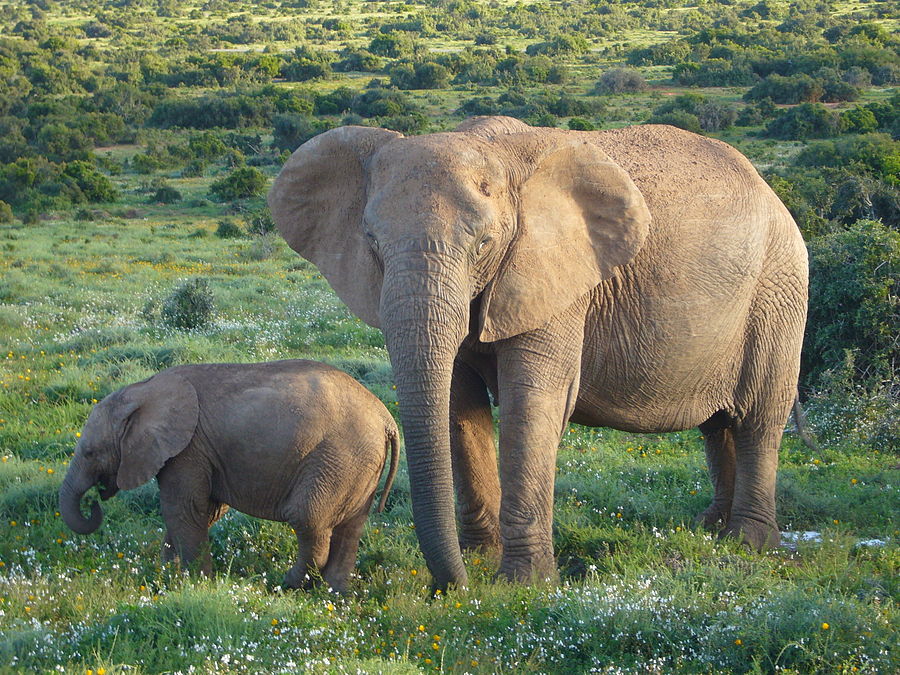Facts About African bush elephant
The African bush elephant, often referred to as the African savanna elephant, holds the distinction of being the largest land animal on Earth. Male elephants can reach heights of up to 3.96 meters at the shoulder and both males and females possess tusks that grow continuously throughout their lives.
These magnificent creatures inhabit 37 African countries, thriving in diverse habitats such as forests, grasslands, wetlands, and even agricultural lands. Unfortunately, they are listed as Vulnerable on the IUCN Red List, primarily due to threats such as habitat destruction and poaching for their meat and ivory.
First classified by Johann Friedrich Blumenbach in 1797 as Elephas africanus, the African bush elephant has been extensively studied by naturalists over the years. Genetic research has indicated that these elephants diverged from their Asian counterparts approximately 7.6 million years ago, and they are distinct from African forest elephants.
Physically, African bush elephants are notable for their grey skin, enormous ears, and tusks that can weigh over 100 kilograms. Males can weigh up to 10.6 tons, making them the heaviest land animals currently alive. Their trunks are incredibly versatile, used for tasks ranging from feeding to communication, while their tusks are essential for both foraging and defense. They also have a unique dental structure, with multiple sets of molars that emerge at different stages of their lives.
As herbivores, African bush elephants have a varied diet that includes grasses, creepers, herbs, leaves, and bark. They need to consume substantial amounts of food daily, particularly during the dry season when leaves and bark become more important.
Socially, these elephants are fascinating. They live in family units led by a matriarch and exhibit complex behaviors, working together to locate food and care for their young.
However, African bush elephants face numerous threats. Habitat loss, poaching for ivory, and conflicts with humans have taken a significant toll. Poaching, in particular, has skewed sex ratios and led to population declines. Conservation efforts are vital and include international trade protections, community-based conservation programs, and research to monitor their populations.
Despite the significant challenges posed by human activities, ongoing conservation efforts aim to protect these iconic animals and ensure they continue to roam the wild landscapes of Africa.

 Zambia
Zambia